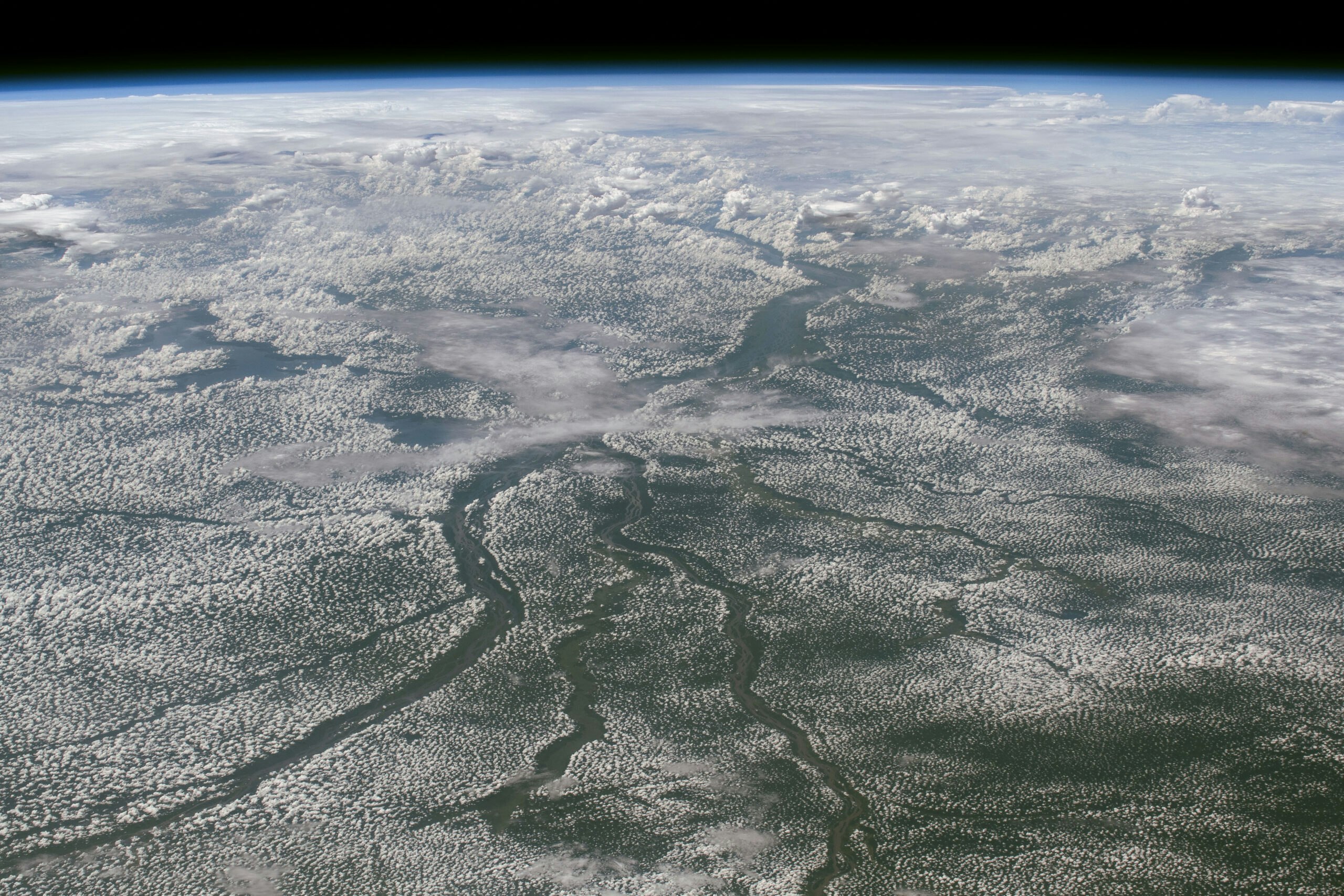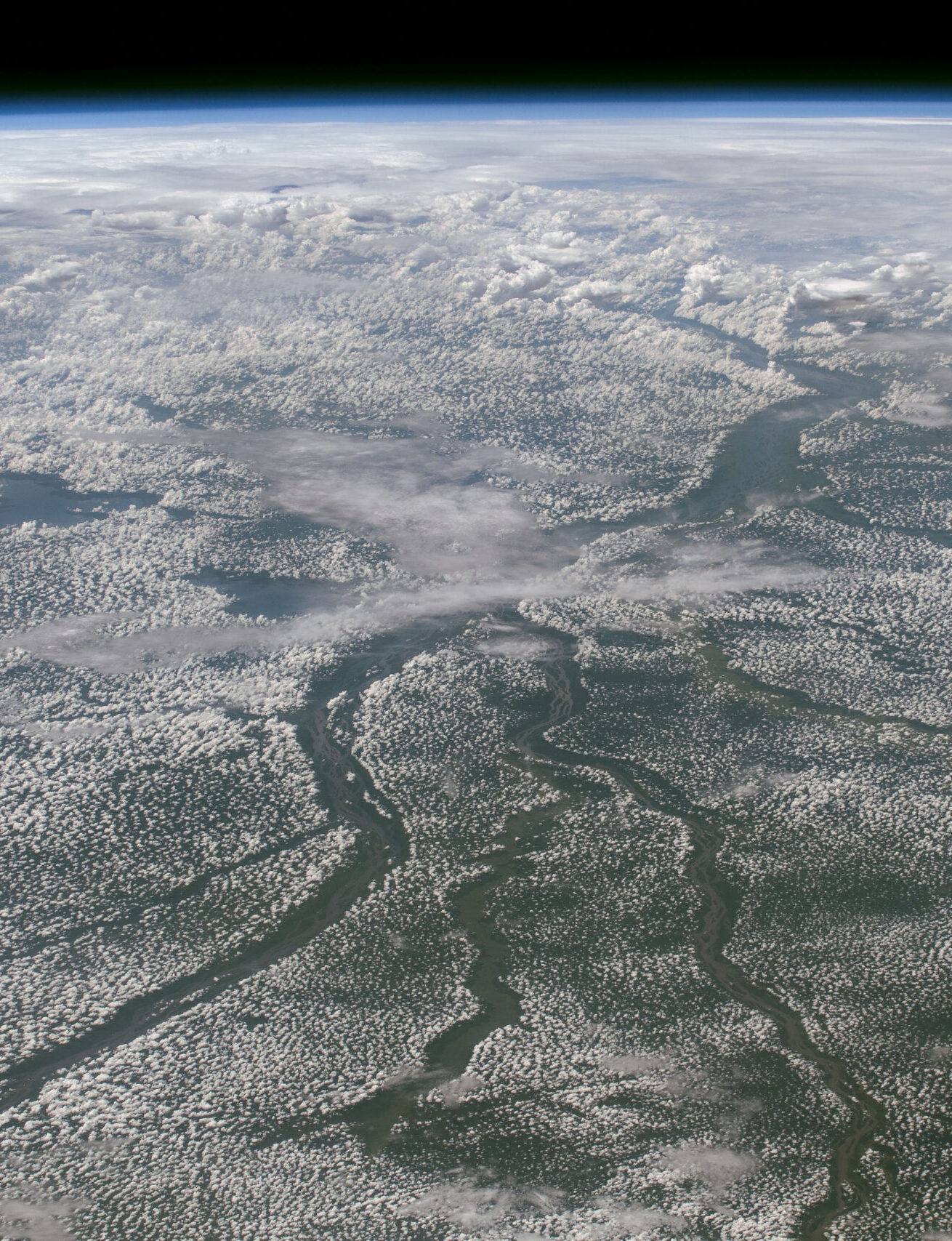Climate
Schmidt Sciences awards $45M to narrow carbon cycle knowledge gap
Oct 2, 2025

Globe-spanning interdisciplinary teams will dramatically improve climate modeling to drive better energy, environmental, economic decisionmaking
Contact: Carlie Wiener, cwiener@schmidtsciences.org
NEW YORK—Four teams of scientists will receive up to $45 million over five years for research that advances human understanding of the global carbon cycle driving a changing climate, Schmidt Sciences announced today. The teams are the first to be funded through Schmidt Sciences’s Virtual Institute for the Carbon Cycle (VICC).
“We are just starting to understand the true extent of humankind’s effect on the intricately woven systems of land, sea and air,” said Wendy Schmidt, co-founder of Schmidt Sciences. “The Virtual Institute for the Carbon Cycle will offer us not only clarity but also the information we need to make wise decisions along the way toward a healthier, more resilient and more secure world and future for all.”
The science of climate projections has advanced rapidly over the past several decades, informing local to global decisions about everything from energy use to disaster preparedness, urban planning to manufacturing. Yet, given that these models rely on immense amounts of hard-to-measure data, large uncertainties remain in the understanding of how carbon dioxide moves through the Earth at both the regional and continental scale. VICC aims to more accurately capture the carbon cycle—the global movement of carbon dioxide between the atmosphere, ocean, plants and soils.
The four teams of international university researchers will collect high-resolution data needed to generate climate projections and, ultimately, inform the most significant decisions facing the planet: how to ensure a sustainable future. They will leverage AI and machine learning to develop new observations and model products. Funded projects include pioneering research into carbon fluxes in central Africa’s tropical forests, advanced land use modeling, observations of the Southern Ocean in winter, and the impact of rapid permafrost thaw on global carbon. More data in these areas will lead to more accurate carbon accounting, better planning for natural disasters, and informed choices for the climate and energy transition, among other applications.
“We know that human activity is driving the carbon emissions that warm our planet—but we don’t yet understand precisely how the Earth is storing and cycling those emissions,” said Lexa Skrivanek, Schmidt Sciences program scientist and director of VICC. “VICC’s research will give us the clarity we need to inform effective climate policy and solutions—not just over the next decades, but for centuries to come.”
In 2024, VICC launched an open call for projects addressing critical knowledge gaps and reducing uncertainty in carbon cycle science on time scales relevant for informing climate policy and enabling solutions. More than 170 submissions were received, of which 25 teams were invited to submit full proposals. Following review by independent experts and the VICC Advisory Board, four projects were selected for funding. Looking ahead, VICC will issue another open call next year to support additional priorities such as wetland emissions, soil carbon flux, novel instrumentation, and modeling innovations.
“Reducing uncertainty in the carbon cycle is a critical step toward developing the tools needed to evaluate climate and energy solutions,” said Heidi Cullen, climate director at Schmidt Sciences. “We’re incredibly excited to support these interdisciplinary teams driving high-impact research to help secure and sustain this planet we call home.”
Below are the four projects.
Congo Basin Carbon Flux Experiment (Congo-FLEX)
Led by: Simon L. Lewis, University of Leeds and University College London, UK
Congo-Flex will provide the first on-site measurements of carbon flux in the Congo Basin region, the world’s second largest extent of tropical forest, to understand how deforestation, degradation and regrowth of forestland contribute to carbon cycle changes.
Combining LAnd-use, modeling and Remote-sensing to Transform carbon budgets (CLARiTy)
Led by: Stephen Sitch, University of Exeter, UK
CLARiTy will reduce uncertainty in the way we measure carbon cycling on land, particularly at year-to-year and decade-to-decade timescales using newly available high-resolution satellite, drone and other Earth Observation data and latest methodological advances in AI and modeling.
Constraining Ocean Carbon with Optimized Observing (COCO2)
Led by: Adrienne Sutton, NOAA Pacific Marine Environmental Laboratory, U.S. & Galen McKinley, Columbia University / Earth and Environmental Sciences and Lamont-Doherty Earth Observatory, U.S.
With the ocean absorbing more than a quarter of human-caused climate emissions each year, COCO2 will improve measurements, models, and understanding of the ocean carbon sink by deploying advanced, model- and AI-informed adaptive observing missions in the Southern Ocean.
Rapid Permafrost Thaw Carbon Trajectories (PeTCaT)
Led by: Guido Grosse, Alfred Wegener Institute, Germany
PeTCaT will quantify the impact of permafrost thaw in Arctic and Boreal ecosystems on greenhouse gas budgets globally, using field and lab studies, remote sensing, deep learning and Earth system modeling to examine the vulnerability of Earth’s largest land carbon pool.

